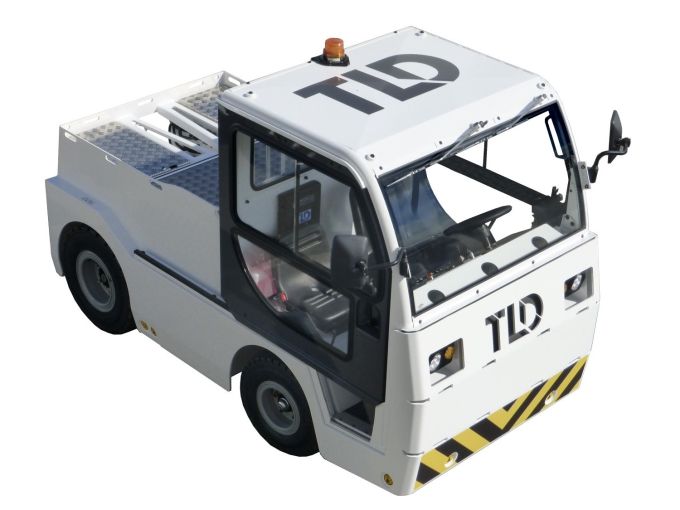Battery Module Identification (BMID) may seem like a small component in the vast electrical engineering system, but it plays a vital role in managing the most important element of electrical vehicles – battery. From enabling smart diagnostics to supporting safe battery reuse, Battery Module Identification is a key part of making electric mobility reliable, traceable and future-ready. Each battery module in the package is given a unique identification number called BMS. This module configures the battery with a charging port and sets the battery identification for charging.
Table of Contents

Why is BMID Important?
1. Traceability
Each BMID allows OEMs (Original Equipment Manufacturers) and service centers to trace:
- The manufacturing batch
- The supplier
- Production date
- Chemistry used (e.g., LFP, NMC)
- Quality control records
This traceability is essential for recalls, warranty claims, and performance analysis.
2. Battery Health Monitoring
The BMID enables the Battery Management System (BMS) to monitor:
- Module-specific voltage
- Temperature readings
- Charge/discharge rates
- Degradation data
Having an ID tied to each module allows the system to isolate issues like overheating or loss of capacity at the module level rather than replacing the whole pack unnecessarily.
3. Authentication & Safety
In some EV architectures, especially in premium or proprietary ecosystems (e.g., Tesla, BYD), the BMID can act as an authentication key. This means the BMS will only communicate with modules that have valid BMIDs recognized by the manufacturer. This helps:
- Prevent use of counterfeit or third-party modules
- Enhance safety by ensuring only certified modules are used
- Protect intellectual property
4. Facilitates Battery Swapping & Second Life Use
In battery swapping systems (e.g., used by NIO or Gogoro), BMID helps keep track of:
- How many cycles a module has completed
- Its current State of Health (SoH)
- Ownership and usage records
Purpose:
Acts as a digital interface between BMS and battery device.
Helps to validate the battery for security, performance and adaptability.
Prevents the use of unauthorized or non-hazardous storage facilities (particularly in high-quality or safety-critical areas).
example
I have experience with some equipment which I want to share with you
TLD ground supports electric equipment like electric tractor…
1. Secure Battery Testing
The trust ensures that only authorized and compatible seats are accepted by the vehicle’s onboard system.
This prevents the use of unauthorized third-party or counterfeit seats.
This helps maintain strong security and performance standards for the TLD.
2. Intelligent Seat Tracking
Each seat is registered and logged in to the BMS.
This enables us to find out: when, where and by whom a room module was built.
If a room requires servicing or installation, techniques can be used to identify a specific module – reducing time and service costs.
3. Life cycle and use monitoring
The room system allows us to track the number of charge/discharge cycles, health status and temperature history of each module.
This data supports sustainable maintenance and improves the life of the passenger.
4. Integration with the fleet management system
Many TLD electrical power units are connected to TLD IBS (intelligent seating system) or similar platform.
The data is used in the fleet monitoring tool to:
Predict the occurrence of a battery problem
Optimize the recharging schedule
Optimize vehicle arrivals on the ramp
BMID and Battery Swapping in GSE
For airports using battery swapping systems for electric GSE, BMID becomes even more critical:
- When a battery pack is removed from one tractor and installed in another, the BMID ensures the BMS recognizes the new battery and checks for compatibility.
- Logs of each BMID help airport ground ops track battery usage, wear, and location, even if the packs are moved across units.
Maintenance & Troubleshooting with BMID
In a typical TLD maintenance setup:
- Technicians use diagnostic software (like TLD iBS Tool or CAN-based diagnostics) to read the BMID.
- BMID data can reveal:
- Faulty cells or modules
- Irregular charging patterns
- Unauthorized battery usage
- This makes repairs quicker and battery health reports more precise.

1 thought on “BMID(Battery Module Identification)”